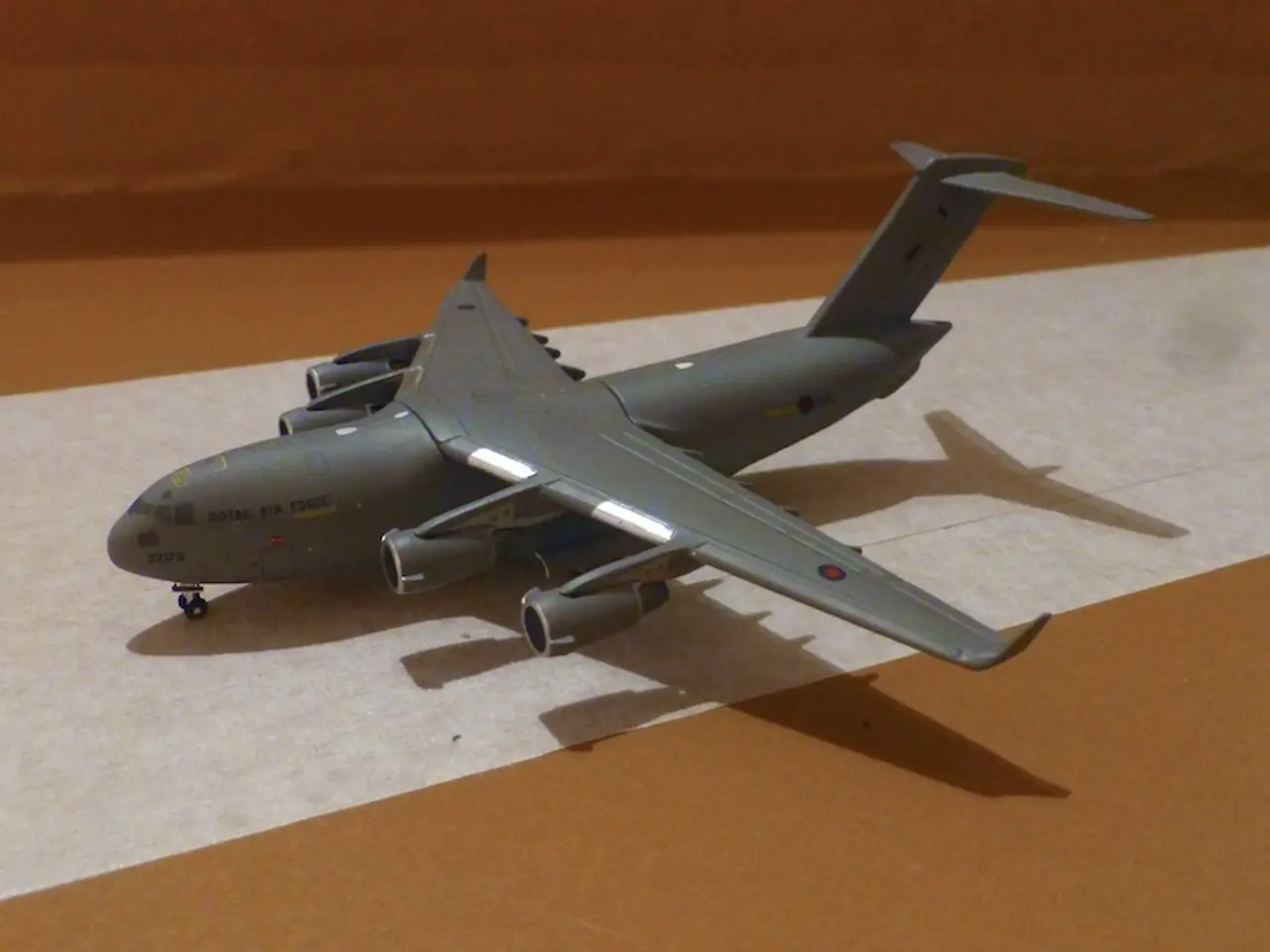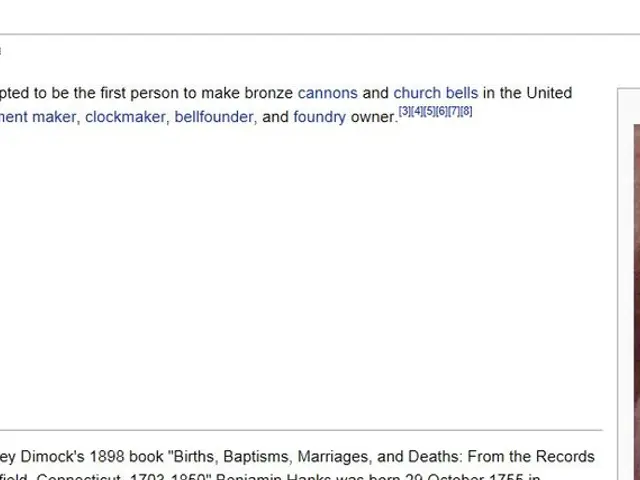Multi-role Aviation Crafts: Definition, Features, and Further Details
The tiltrotor aircraft market is expanding, with two notable models standing out - the Bell Boeing V-22 Osprey and the AgustaWestland AW609. Despite sharing a common design, these aircraft differ significantly in specifications, capabilities, and usage.
The Bell Boeing V-22 Osprey, a military workhorse, is primarily used for transporting troops, cargo, and conducting special operations, medevac missions, and amphibious assaults. Its combat history is robust, and it has proven its worth in various hostile environments. The V-22 boasts a top speed of around 276-306 mph (444-492 km/h) in airplane mode, with a range exceeding 1,000 nautical miles and an operational combat radius of about 500 nautical miles. It can carry payloads of up to 20,000 to 24,000 lbs, accommodating 24 fully loaded troops internally, with external cargo options, and is capable of flying in rough weather conditions. Powered by two Rolls-Royce Liberty AE1107C turboshaft engines, each producing about 6,200 shp, it can fly on one engine if necessary.
In contrast, the AgustaWestland AW609 is designed for civilian and paramilitary roles, such as executive transport, search and rescue, and offshore operations. It offers speed and range surpassing traditional helicopters, with a top speed of approximately 275 mph (443 km/h), a range of around 850-900 nautical miles, and a maximum gross weight of 8 tonnes (18,000 lbs). The AW609 can accommodate a crew of 2 and 9 standard passengers, or up to 12 passengers for high-density seating (government use). It is powered by 2x Pratt & Whitney Canada PT6C-67A engines.
While the AW609 shares some similarities with the V-22, such as the ability to take off, hover, and transition to airplane mode, it is less robust under combat or extreme conditions and has a smaller payload capacity. Its focus is on runway independence, high speed, and efficiency for civilian uses.
Both the V-22 Osprey and the AW609 are innovative tiltrotor aircraft, each catering to specific needs in their respective domains. The V-22, with its military prowess, is a proven performer in hostile environments, while the AW609 offers speed, range, and altitude suitable for civilian and light paramilitary roles.
The design of the Bell Boeing V-22 Osprey, a prominent aircraft in the military sector, is heavily influenced by the industry's focus on finance and technology, as it requires significant resources and advanced engineering to meet its combat capabilities. On the other hand, the AgustaWestland AW609, primarily designed for civilian and paramilitary roles, demonstrates the aerospace industry's capacity to leverage technology to create efficient aircraft for various sectors, including executive transport and offshore operations.








